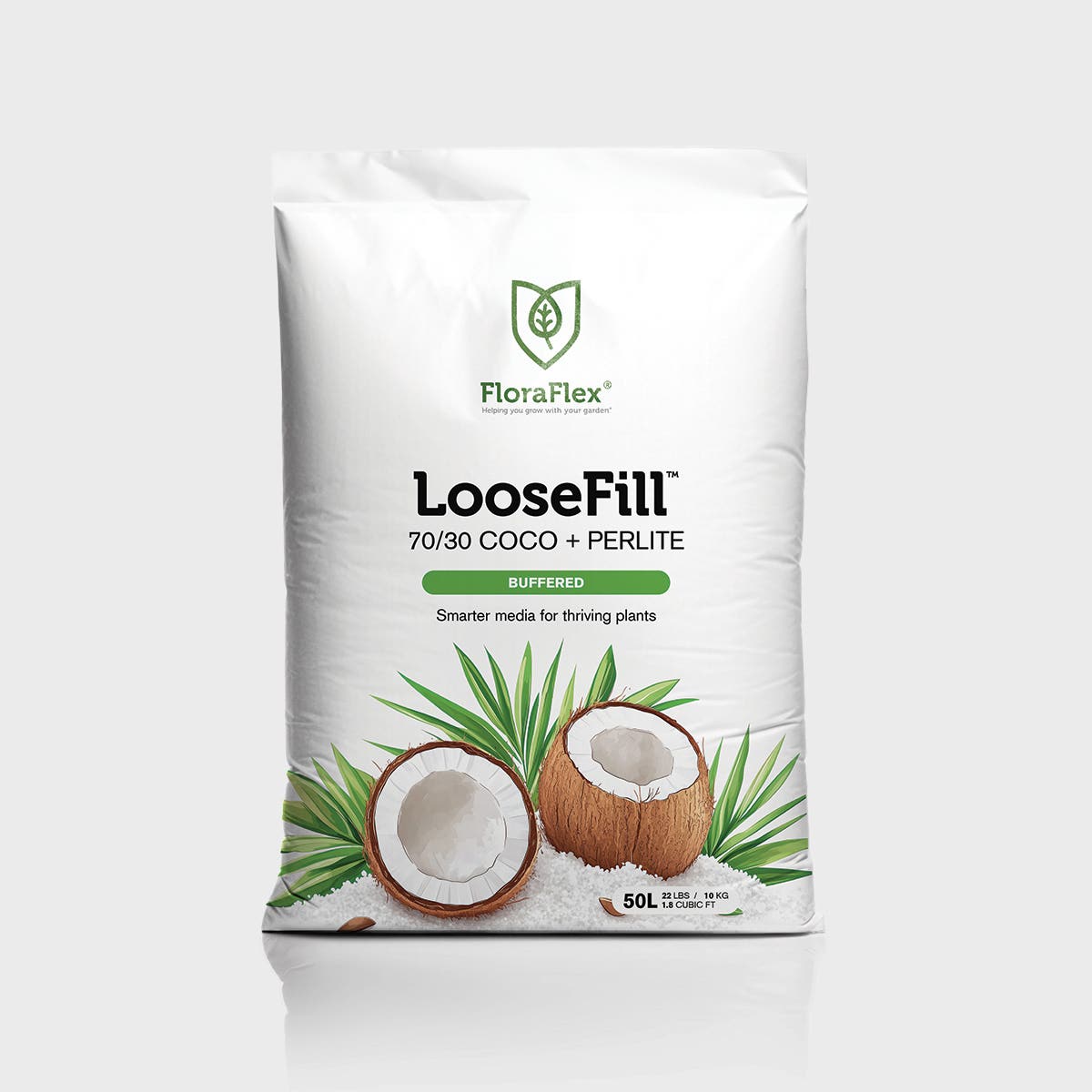Growing evidence suggests that medical marijuana may not only enhance the effectiveness of chemotherapy treatments but also significantly reduce their debilitating side effects. As cancer treatment protocols evolve, the role of cannabis in oncology continues to gain scientific attention—offering new hope for both improved patient outcomes and quality of life.
The core of this potential lies in cannabinoids, the active chemical compounds found in cannabis. These include tetrahydrocannabinol (THC) and cannabidiol (CBD), both of which interact with the body’s endocannabinoid system—a complex network that plays a critical role in regulating pain, appetite, immune function, and mood. In recent studies, cannabinoids have shown an ability to complement conventional chemotherapy drugs by enhancing their cancer-fighting properties, while simultaneously soothing the harsh physiological impact chemotherapy often has on patients.
Chemotherapy, while life-saving, comes with a high cost to patient comfort. The common side effects—nausea, vomiting, loss of appetite, and general physical discomfort—can make treatment unbearable for many. It’s here that cannabis has long demonstrated clear advantages. Cannabis-derived treatments have been used for decades to manage these symptoms, particularly in cases where traditional anti-nausea medications prove insufficient. THC, known for its psychoactive effects, has been shown to suppress nausea and stimulate appetite, while CBD contributes anti-anxiety and anti-inflammatory effects. Together, they form a potent therapeutic pairing.
More than anecdotal evidence supports these findings. Clinical trials, such as those examining dronabinol (a synthetic THC compound) and nabilone, have consistently demonstrated their effectiveness in controlling chemotherapy-induced nausea and vomiting (CINV). For patients who don’t respond to standard medications, cannabis-derived treatments often succeed in providing relief, making them a valuable tool in comprehensive oncology care. Beyond nausea relief, cannabis may also help manage cancer-related pain, improve sleep, and reduce anxiety—symptoms that can be just as debilitating as the disease itself.
But perhaps even more intriguing is the growing body of research pointing toward the potential for cannabinoids to inhibit tumor growth directly. In preclinical studies, cannabinoids have shown the ability to induce apoptosis—programmed cell death—in various types of cancer cells, including gliomas, breast, prostate, and pancreatic cancers. They also appear to suppress angiogenesis, the process by which tumors form new blood vessels to support their growth, effectively choking off their ability to spread. While these effects have yet to be fully confirmed in large-scale human trials, the early data is promising enough that researchers around the world are accelerating their investigations.
A review published in Pharmacology & Therapeutics explored how cannabinoids interact with traditional chemotherapy agents and found that certain combinations may produce a synergistic effect. For example, in glioblastoma multiforme (a particularly aggressive brain cancer), the combination of THC and CBD with chemotherapy not only enhanced the treatment’s overall efficacy but also helped patients tolerate it better. Researchers believe this dual effect could be transformative in oncology, especially for patients with drug-resistant cancers.
At the same time, cannabis plays a valuable role in addressing the emotional and psychological stress that comes with a cancer diagnosis. Anxiety, depression, and insomnia are common among cancer patients, and cannabis has emerged as a holistic tool for mental wellness. CBD in particular, which does not produce a psychoactive “high,” is gaining popularity for its calming effects. It works by influencing serotonin receptors in the brain, helping regulate mood and reduce feelings of helplessness and distress. For many patients, a calmer mind means a stronger body—improving resilience during a grueling treatment journey.
{{widget type="Magento\Cms\Block\Widget\Block" template="widget/static_block/default.phtml" block_id="799"}}
Despite its promise, incorporating cannabis into cancer care does require caution. The landscape of cannabis research is still young, and there are risks to consider. Chronic use, especially of high-THC strains, has been associated with cardiovascular strain, cognitive effects, and dependency in some individuals. Interactions with certain chemotherapy drugs may also exist, although more studies are needed to understand the full range of potential contraindications. For this reason, it’s essential that patients speak openly with their oncologists before adding cannabis to their treatment plans. A well-informed approach ensures that cannabis supports, rather than complicates, existing therapies.
Regulatory perspectives are also shifting. As more U.S. states and countries worldwide legalize medical marijuana, access is steadily improving. Some cancer centers now offer cannabis consultations as part of their integrative oncology programs, providing patients with expert guidance on dosing, strain selection, and delivery methods. These developments signal a broader recognition of cannabis’s legitimacy within the medical community and point toward a future where cannabis-based medicine could play a standardized role in cancer treatment.
In recent years, a meta-analysis published in Frontiers in Oncology evaluated over 10,000 studies related to cannabis and cancer. The review found that nearly 75% of the research supported the therapeutic benefits of cannabis in either managing symptoms or interacting with cancer pathways. Although many of these studies are still preclinical or observational, the consistency of their results has encouraged the scientific community to push for more rigorous, double-blind, placebo-controlled clinical trials.
The potential of cannabis extends across cancer types. In breast cancer, CBD has been studied for its role in inhibiting cell proliferation and invasion. In colon cancer, cannabinoids have demonstrated potential to trigger cancer cell apoptosis while sparing healthy cells—a rare trait that could dramatically reduce the collateral damage often caused by chemotherapy. Even in leukemia, cannabis extracts have shown encouraging results when paired with standard treatments, opening the door to less toxic, more targeted protocols in the future.
Equally important is the patient perspective. For many undergoing chemotherapy, quality of life becomes just as critical as treatment efficacy. Cannabis often delivers on both fronts. When patients can eat, sleep, and function more normally, they’re better positioned to withstand the full course of chemotherapy, improving their overall prognosis. Many oncologists now view cannabis as an important tool not only for relief but also for supporting adherence to life-saving therapies.
The future of cannabis in cancer care lies in precision medicine—tailoring treatments based on individual genetics, tumor type, and cannabinoid response. As research continues to uncover how specific ratios of THC to CBD affect different cancers, we may soon see customized cannabinoid regimens prescribed alongside chemotherapy. This evolution would move cannabis from the fringes of symptom management into the heart of therapeutic strategy, giving patients access to an even more personalized and effective care model.
Ultimately, the integration of cannabis into oncology is not a replacement for chemotherapy but a powerful complement. When used thoughtfully and in conjunction with existing protocols, it offers patients a multi-pronged approach to cancer care—one that fights the disease while easing the path to recovery. With more clinical trials underway and regulatory frameworks evolving to accommodate medical cannabis, its role in oncology appears not only viable but essential in the years to come.
As science progresses, what was once seen as an alternative treatment is quickly becoming mainstream. For patients, caregivers, and medical professionals alike, medical marijuana offers a new dimension of hope in the fight against cancer—one rooted in both compassion and increasingly sound science.
{{widget type="FloraFlex\Blog\Block\Widget\ProductList" products_count="5" conditions_encoded="^[`1`:^[`type`:`Magento||CatalogWidget||Model||Rule||Condition||Combine`,`aggregator`:`all`,`value`:`1`,`new_child`:``^],`1--1`:^[`type`:`Magento||CatalogWidget||Model||Rule||Condition||Product`,`attribute`:`category_ids`,`operator`:`==`,`value`:`227`^]^]" template="FloraFlex_Blog::widget/productlist.phtml"}}









